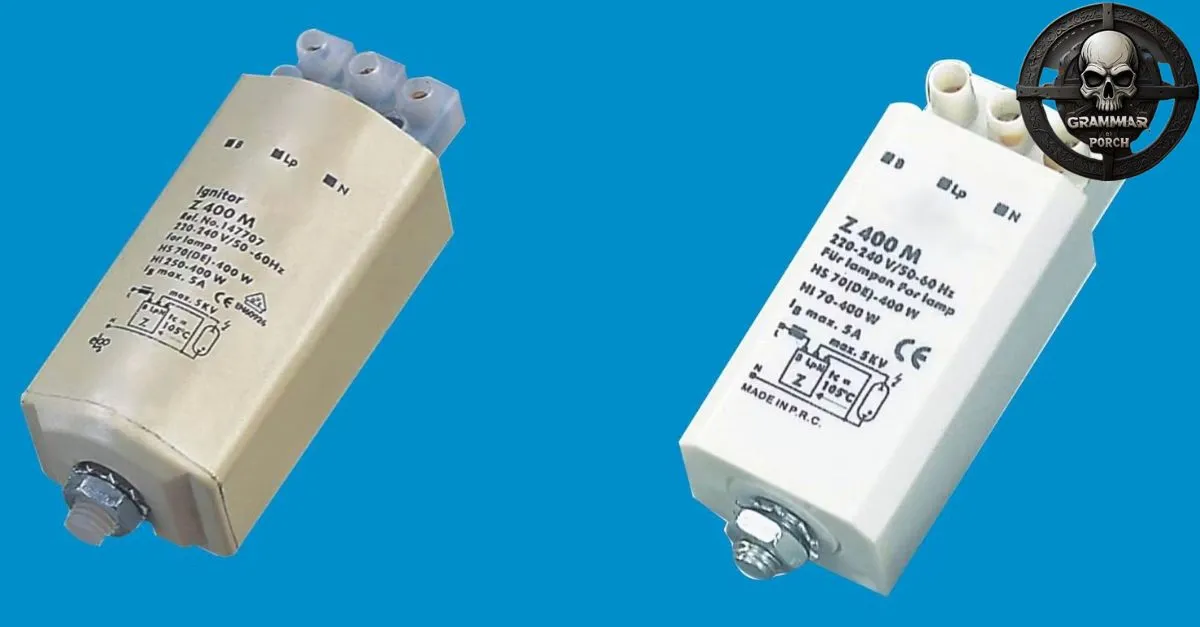Language can be tricky, especially when words like ignitor and igniter seem to mean the same thing but have subtle differences in spelling and usage. Many people wonder, “Which one is right for American English usage?” Understanding these terms helps avoid confusion, especially in fields like the auto industry terminology or technical manuals. Let’s dive into the distinctions and figure out the preferred word for different situations.
Both “ignitor” and “igniter” refer to tools or components that help start a fire or begin a combustion process. However, the spellings have evolved over time, influenced by regional language trends like US English preference and British English usage. Knowing their definitions, meanings, and applications is key to using the correct usage examples in your writing.
What Is the Confusion Between Ignitor or Igniter?
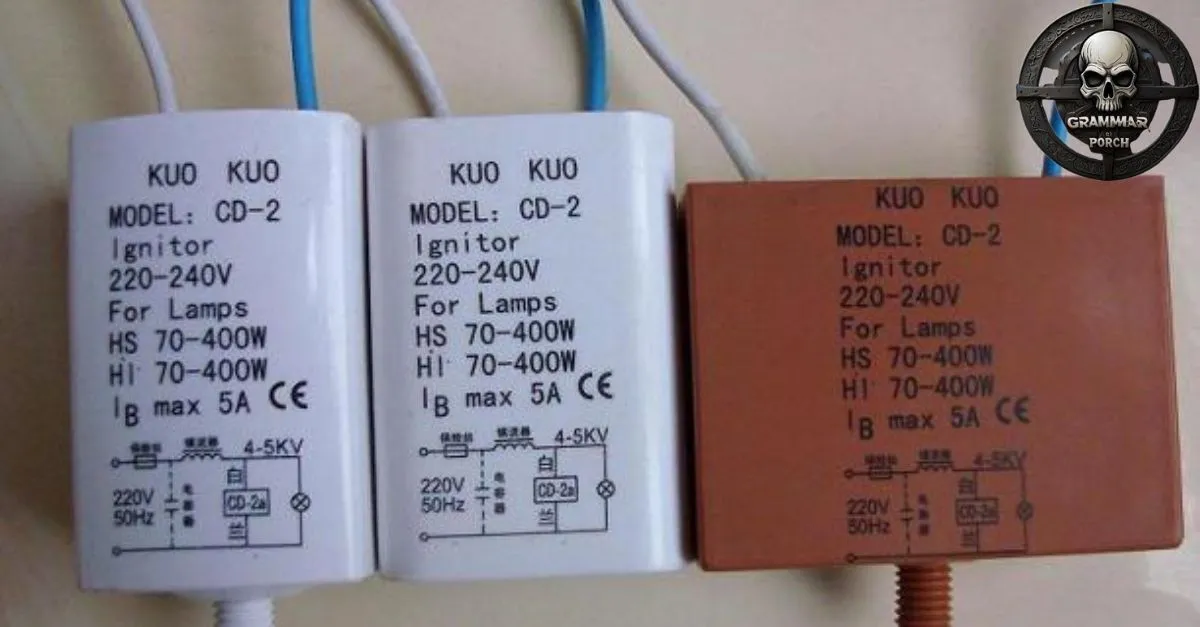
The confusion arises because “ignitor” and “igniter” are commonly confused words. Both spellings are used interchangeably to describe an ignition component like a spark tool, heat generator, or combustion aid. The difference lies in how they are favored in regional vocabulary.
In American English usage, “igniter” is the more recommended choice, while “ignitor” is less common but still understood. In contrast, older technical manuals and certain industries may lean toward “ignitor.” This mix creates word distinctions that can vary by speech patterns and regional preferences.
Is the Word Ignitor Correct?
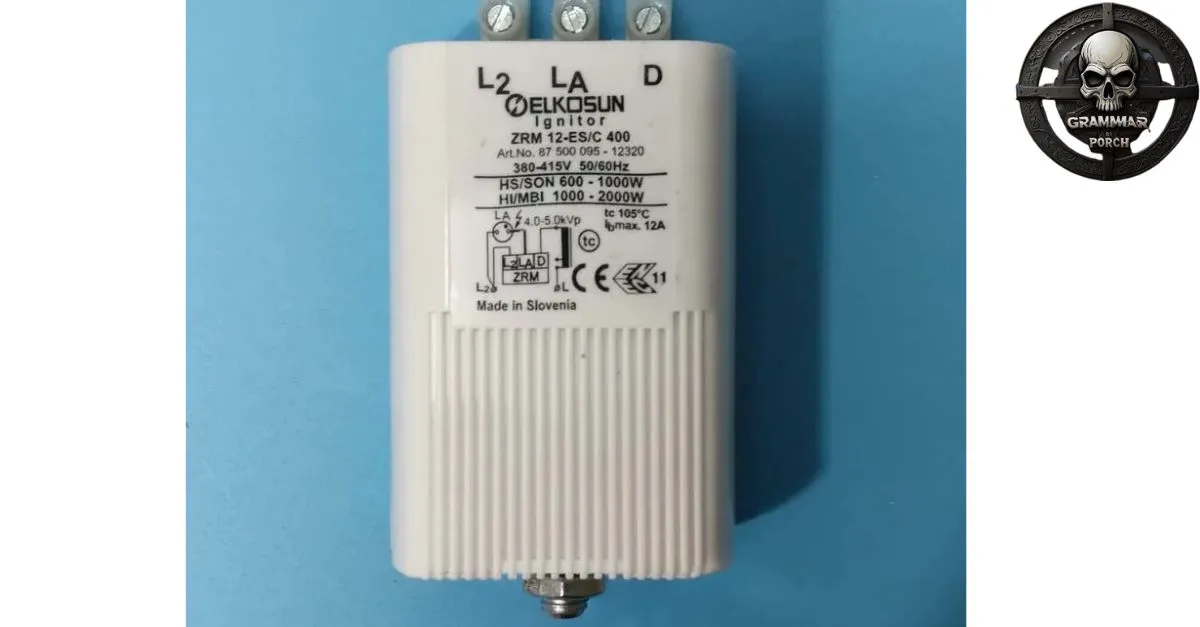
Definition
“Ignitor” is a noun that refers to a device or component used to initiate an ignition sequence or combustion start. It is often seen in older technical language and some industry-specific words, especially in engineering.
Meaning
Historically, “ignitor” has been used in contexts like starting engines or lighting furnaces. It was widely used before “igniter” became the popular usage in modern English. Today, its use might seem outdated to some, but it still fits well in specialized fields, such as the automotive vocabulary.
Usage
An example phrase for “ignitor” would be: The ignitor in the furnace was replaced to restore heating. In these contexts, “ignitor” is often connected to vehicular components or machinery that rely on a precise ignition process.
Is the Word Igniter Correct?
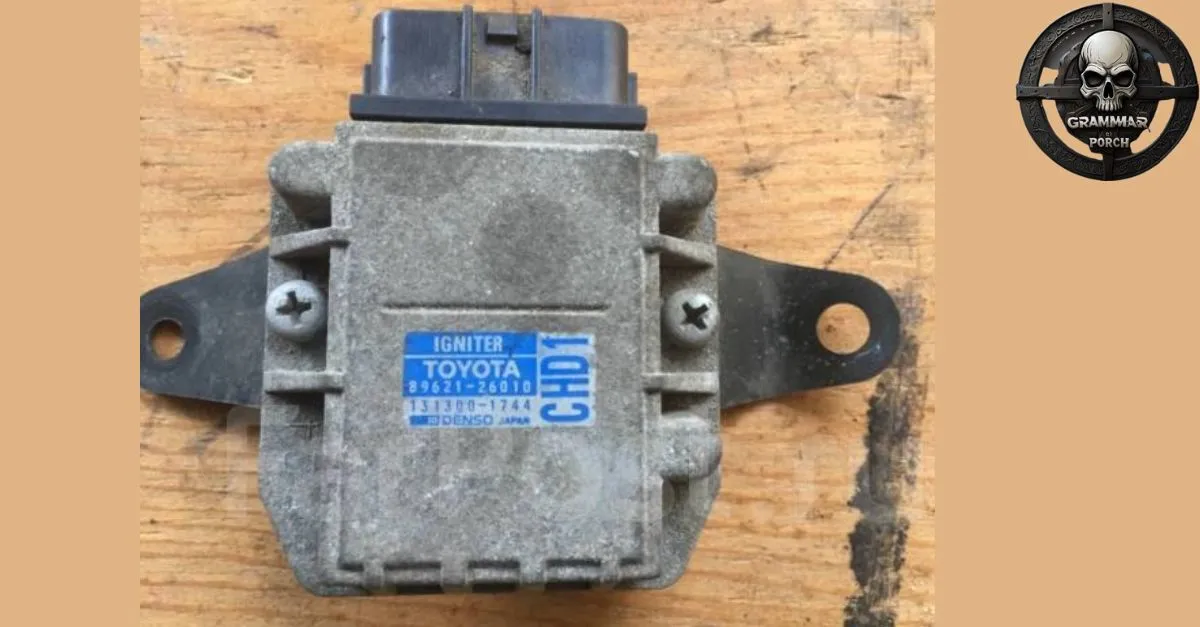
Definition
“Igniter” is the modern spelling of the word, frequently used in present-day vocabulary to describe a tool or device that helps ignite flames. It’s considered the preferred terminology in standard English.
Meaning
The word “igniter” is commonly used in industries ranging from cooking to mechanics. For example, in the auto industry terminology, you might hear phrases like “spark igniter” or “flame igniter.” These reflect its broad acceptance in contemporary language.
Usage
A proper usage sentence could be: The pilot light failed because the igniter malfunctioned. This aligns with the US English preference for “igniter” as the standard English spelling.
Quick Summary
| Aspect | Ignitor | Igniter |
| Spelling Origin | Older, less common | Modern, widely used |
| Preferred Usage | Niche, technical fields | Everyday and technical |
| American Preference | Rare | Standard |
While both are correct, “igniter” is the preferred word in most language examples, especially in the USA.
Ignitor or Igniter as Parts of Speech

Both “ignitor” and “igniter” are nouns and function identically as ignition parts in language. They represent devices like a fire starter tool, glow plug, or heat device that help trigger a burning reaction or fire process. Their applications depend on the context and spelling preference.
Pronunciation of Ignitor or Igniter
Both words are pronounced almost the same, but “ignitor” places a slight emphasis on the “tor” ending. Phonetically, they sound like this:
- Ignitor: ig-NY-tor
- Igniter: ig-NY-ter
While the difference is minor, it reflects regional speech patterns and influences spelling choices.
Side-by-Side Comparison: Ignitor vs. Igniter
| Feature | Ignitor | Igniter |
| Frequency of Use | Less common | Widely used |
| Common Field | Engineering | General language |
| Modern Relevance | Less frequent | High relevance |
Which One Is More Acceptable: Ignitor or Igniter?

In the USA, “igniter” is undoubtedly the recommended choice. It aligns with modern linguistic norms, making it the preferred term in current usage. Its clarity and simplicity make it ideal for both casual and technical contexts, especially when discussing spark igniters or ignition components.
While “ignitor” might still appear in older texts or in very specific technical fields, it is no longer the common term. The shift towards “igniter” reflects the broader trend of updating and simplifying language for better communication in American English.
Ignitor in British English and American English
“Ignitor” is seldom used in British English usage today and is less preferred in American English usage as well. Its occasional appearance can be traced to older technical applications or specialized fields where it was once more common.
Over time, the language has evolved, and “igniter” has become the preferred spelling in both dialects, reflecting a broader trend of simplifying and updating English terms. The use of “ignitor” now tends to be limited to specific contexts, such as vintage machinery or historical texts, rather than in everyday conversation or modern technical writing.
Igniter in British English and American English
“Igniter” has become the dominant spelling in both British and American English, though it is particularly favored in US English preference. This reflects a global shift toward simpler, standardized terminology in modern language. The adoption of “igniter” aligns with the trend of updating spelling for clarity and consistency.
While “ignitor” may still appear in specific technical or historical contexts, “igniter” is now the more widely accepted choice, especially when referring to ignition components or spark tools, ensuring better communication and adherence to contemporary language standards.
Common Mistakes and How to Avoid Them
Modern style guides emphasize simplicity and consistency in language. They recommend using “igniter” in general contexts and especially in American English usage, where it has become the preferred word. The term aligns with contemporary writing standards and is more recognizable in modern English.
On the other hand, “ignitor” is suggested for specialized or historical technical contexts, where it may still appear in industry-specific documents or older engineering references. By following these guidelines, you can avoid commonly confused words and ensure clear communication, whether discussing spark igniters, combustion aids, or any part of the ignition process.
Trick to Remember the Difference Between Ignitor and Igniter
Think of “igniter” as the brighter, more modern word when it comes to lighting a fire. Whether you’re discussing a spark tool, a heat generator, or any ignition component, “igniter” is the go-to choice in current usage. It’s widely accepted in American English and commonly used in the auto industry terminology, appliances, and even aerospace.
On the other hand, “ignitor” feels outdated and less prevalent, lingering in older texts and niche technical fields. If clarity and relevance matter, choose “igniter” to align with modern English norms. It’s simply the preferred terminology for today’s combustion process and fire initiation.
Origins of Ignitor or Igniter

Origins of Ignitor
The word “ignitor” originates from the Latin term ignire, which means “to set on fire” or “to ignite.” It became widely recognized during the 19th century, particularly in industrial and mechanical contexts where devices for initiating combustion were commonly needed. This spelling was prevalent in early engineering and technical documentation, reflecting the formal language of the time.
However, as language evolved, the use of “ignitor” began to decline, especially in casual or everyday writing. Despite its diminished popularity in modern English, it remains a valid term in specific technical fields and historical references.
Origins of Igniter
The spelling “igniter” also traces back to the Latin root ignire but gained prominence during the 20th century. This shift was part of a broader linguistic trend to simplify and standardize spelling across regions, especially in American English usage. “Igniter” reflects modern linguistic preferences, making it the preferred word in contemporary writing.
Its usage became widespread in technical fields, such as the auto industry terminology, where precision and clarity are essential. Over time, “igniter” replaced “ignitor” in most contexts, aligning with updated language standards and the push for consistency in modern English.
Synonyms of Ignitor or Igniter
Ignitor
- Fire starter
- Heat generator
- Combustion aid
- Flame igniter
- Ignition trigger
- Spark tool
- Glow plug
- Burning device
- Heat initiation tool
- Exothermic trigger
Igniter
- Spark igniter
- Combustion starter
- Heat device
- Ignition component
- Fire initiation tool
- Flame spark device
- Fire process tool
- Ignition sequence trigger
- Fire starter tool
- Auto ignition part
Sentences in Daily Usage of Ignitor or Igniter
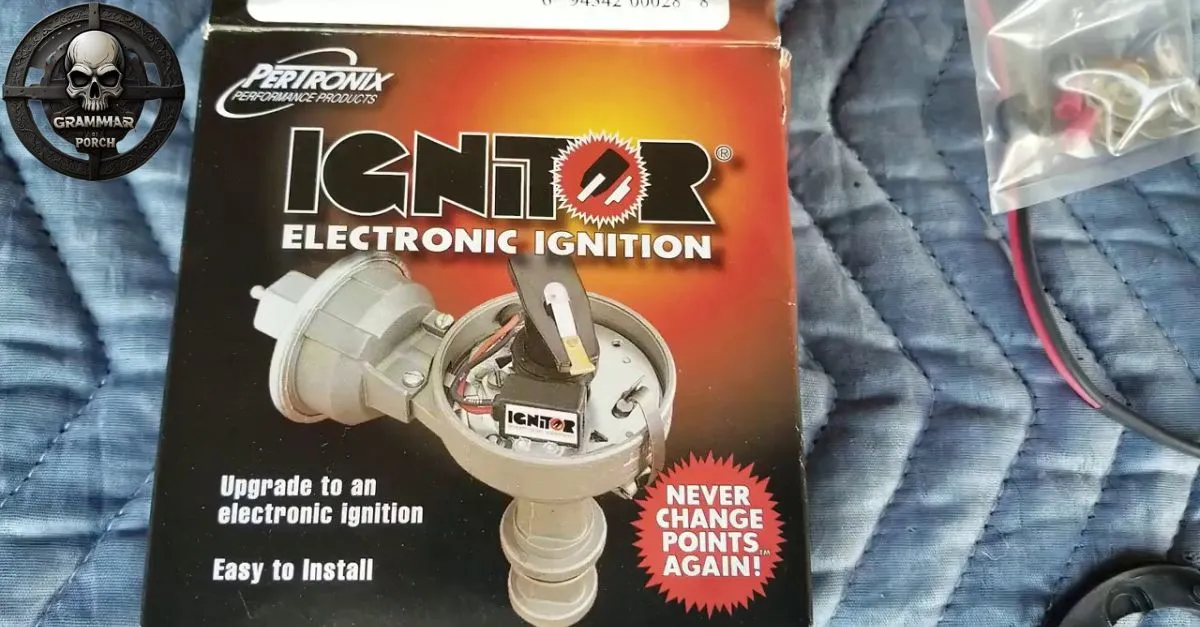
Ignitor
- The furnace’s ignitor had to be repaired after repeated failures.
- Without the ignitor, the grill wouldn’t light.
- Engineers designed a new ignitor to handle higher temperatures.
- The technician replaced the defective ignitor in the system.
- Early steam engines used a mechanical ignitor to generate power.
- The ignitor created a spark, starting the combustion process.
- The appliance malfunctioned due to a worn-out ignitor.
- Testing the ignitor revealed it was no longer producing a spark.
- The ignitor assembly required precise alignment for proper operation.
- Vintage vehicles often feature a manual ignitor mechanism.
Igniter
- The gas stove igniter clicked repeatedly but failed to light the burner.
- Electric igniters are common in modern appliances.
- The igniter in the car’s engine ensured smooth combustion.
- The technician tested the igniter for continuity using a multimeter.
- Portable camping stoves often come with a built-in igniter.
- The rocket’s igniter triggered the engine’s powerful thrust.
- In modern language, “igniter” is the standard spelling.
- The barbecue igniter button wasn’t functioning correctly.
- Advanced igniters are now being used in high-performance engines.
- A faulty igniter delayed the launch of the spacecraft.
FAQs
Why do both “ignitor” and “igniter” exist?
Both spellings stem from the same root but evolved differently due to regional language trends and modern usage updates.
Which spelling is more modern?
“Igniter” is considered more modern and is the preferred spelling in American English.
Is “ignitor” still in use today?
Yes, but it’s less common and typically found in older texts or technical industries.
How do industries use “igniter”?
Industries like automotive and aerospace rely on “igniters” for starting engines, rockets, and furnaces.
Does the spelling vary by region?
Yes, “igniter” is widely used in American English, while “ignitor” may appear in niche or older British contexts.
Conclusion
When comparing ignitor vs igniter, the spelling “igniter” emerges as the dominant choice in American English usage. It reflects modern English standards and is widely used in industries like automotive and appliances. While “ignitor” isn’t incorrect, it is considered less common and somewhat dated.
By choosing “igniter,” you ensure clarity and alignment with contemporary regional language trends. Whether referring to a spark igniter, an ignition trigger, or a fire starter tool, “igniter” maintains its status as the preferred terminology for both professional and casual contexts.

Larry is an experienced blogger with a passion for simplifying grammar. With years of expertise in writing and language, he shares insightful tips on punctuation, synonyms, and the intricacies of English grammar at **Grammar Porch**. His approachable style helps readers improve their writing skills with ease.

